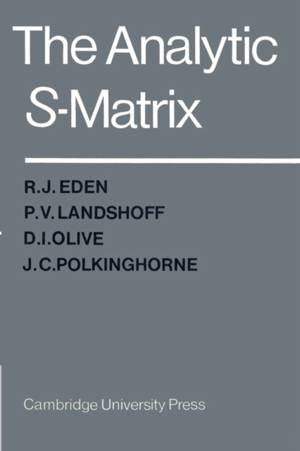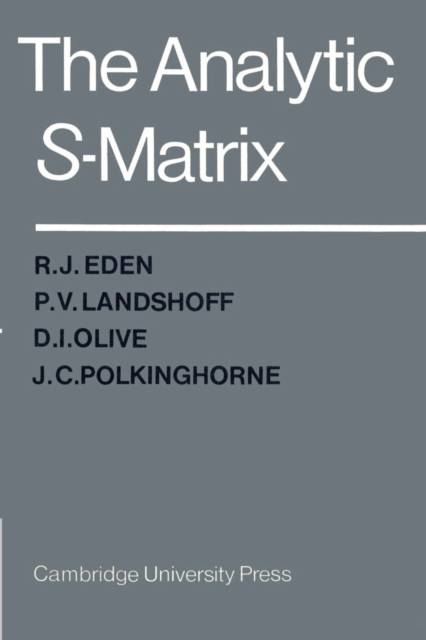
- Afhalen na 1 uur in een winkel met voorraad
- Gratis thuislevering in België vanaf € 30
- Ruim aanbod met 7 miljoen producten
- Afhalen na 1 uur in een winkel met voorraad
- Gratis thuislevering in België vanaf € 30
- Ruim aanbod met 7 miljoen producten
Zoeken
€ 98,45
+ 196 punten
Omschrijving
Certain interactions, such as nuclear forces and the forces of 'high-energy' physics, which arise in the theory of elementary particles, cannot be described successfully by quantum field theory. Considerable interest has therefore centred on attempts to formulate interactions between elementary particles in terms of the S-Matrix, an operator introduced by Heisenberg which connects the input and output of a scattering experiment without seeking to give a localized description of the intervening events. In this book four authors, who are together responsible for many of these developments, set out a theory of the S-Matrix starting, as far as possible, from physically plausible assumptions and investigate the mathematical consequences. The least understood of these assumptions is the vital postulate of analyticity; much insight can however be gained into its working by a study of the Feyman integrals and the book describes what is known about their analytic and high energy properties. Originally published in hardback in 1966.
Specificaties
Betrokkenen
- Auteur(s):
- Uitgeverij:
Inhoud
- Aantal bladzijden:
- 296
- Taal:
- Engels
Eigenschappen
- Productcode (EAN):
- 9780521523363
- Verschijningsdatum:
- 30/04/2002
- Uitvoering:
- Paperback
- Formaat:
- Trade paperback (VS)
- Afmetingen:
- 153 mm x 234 mm
- Gewicht:
- 453 g

Alleen bij Standaard Boekhandel
+ 196 punten op je klantenkaart van Standaard Boekhandel
Beoordelingen
We publiceren alleen reviews die voldoen aan de voorwaarden voor reviews. Bekijk onze voorwaarden voor reviews.











